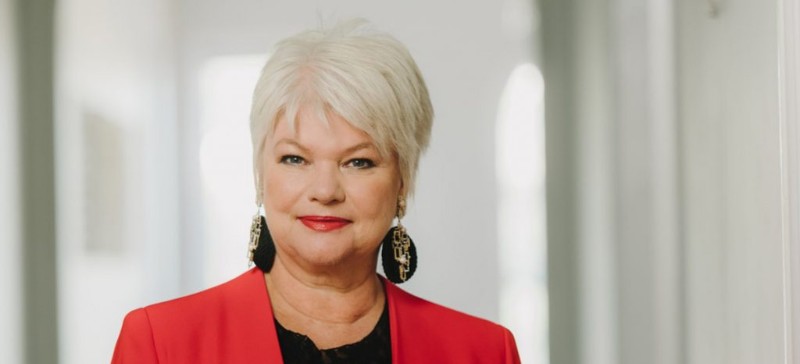As the author of the Financy Women’s Index, there are three things that I hope financial planners take away from the latest report on women’s economic progress but statistics are not one of them.
Thanks to technology and the media, Australian women currently have access to an abundance of information about the financial challenges and disadvantages they may face as a result of their gender and indeed motherhood.
Despite this increased awareness, the rate of economic progression among Australian women continues to be slow but steady, according to the latest Women’s Index.
The Index edged 1.4 points or 1.1% higher to 126 points in the three months to September 30.
The result, while positive suggests that economic equality is at least a decade away with more rapid change required if it is to be realised any sooner.
I believe financial planners have an important role to play in helping women make better choices and taking advantage of opportunities to tackle the gender pay and superannuation gaps.
Three major themes emerged from the index:
Choice and opportunities
Helping women make more informed choices around careers, pay, investments and educational pathways are really important to enhancing their economic wellbeing.
For instance, the Women’s Index found that higher average wages and graduate salaries appear to be influencing choices that many women are making in tertiary education.
Information technology (IT) recorded the fastest rate of five-year course growth among women. Female enrolments jumped 33% in 2016, compared to a 32% rise in male enrolments.
Interestingly the gender pay gap is starting to improve in the IT, media and telecommunications sectors.
In May the gap stood at 18.5%, down from 19.1% in November.
Superannuation
The Women’s Index also found that the gender gap in superannuation savings could be starting to narrow, albeit off a poor base.
According to data provided to the Women’s Index by the country’s biggest superannuation fund AustralianSuper, the gap in lifetime balances between men and women narrowed to 28% in June, from 30% over the past 12 months.
This improvement in the disparity is likely to have been influenced by wages and employment growth among women, but also we are seeing an increasing number of organisations starting to offer enhanced superannuation benefits for women and those on paid and unpaid parental leave.
Such measures are likely to be effective in helping to retain women in the workforce and supporting their transition back to work after children.
Being able to identify superannuation funds and employers that are proactive about closing the wealth gap is extremely beneficial to women who may be financially behind in their retirement savings as a result of taking career breaks.
Careers and pay
The Women’s Index revealed that the majority of Australian women are pursuing careers where the gender pay gap is not getting any better.
Health care and social assistance employed 668,000 full-time female workers in the latest quarter, compared to 659,200 in May.
At the same time the gender pay gap in this sector rose to 25% up from 22.8% six months earlier. The sector is also one of the lowest paying for women.
By contrast, mining is the highest paying sector but like health care and social assistance, the gender pay gap has also widened.
The average wage for women in mining was $2201 in May, compared to $2649 for the average man.
The gender pay gap in mining has increased to 16.9%, from 16% over the same corresponding period.
There are now 34,000 women working in mining full time, up 7.6% from 31,600 in May, representing the third fastest female employment growth of any sector.
Now I’m not saying that women shouldn’t work in the health sector in favour of mining, or should suddenly jump superannuation funds or even start studying IT.
What I’m saying is that financial planners can use the timely information contained in the Women’s Index to have richer conversations with women around choice, opportunities, pay and super.
These types of discussions can help planners to engage with and importantly connect with women and coach them towards a future that actually improves their financial wellbeing.
If you want to take steps towards helping your female clients this week to improve their financial wellbeing, here are three actionable points I’d suggest.
1. Talk about the key findings of the Women’s Index.
Print out or email the Women’s Index Report to your female clients (it’s free!). This very action may form the basis of some good discussion and even debate around where they sit financially and the choices they are making.
2. Make a list.
Identify the areas where your clients are making progress and anywhere they may be falling behind in their finances, or could just be doing better.
3. Take action.
Discuss the opportunities and actions that can be taken to improve your client’s financial wellbeing and agree on a path forward.
The opinions expressed in this content are those of the author shown, and do not necessarily represent those of No More Practice Education Pty Ltd or its related entities. All content is intended for a professional financial adviser audience only and does not constitute financial advice. To view our full terms and conditions, click here.




